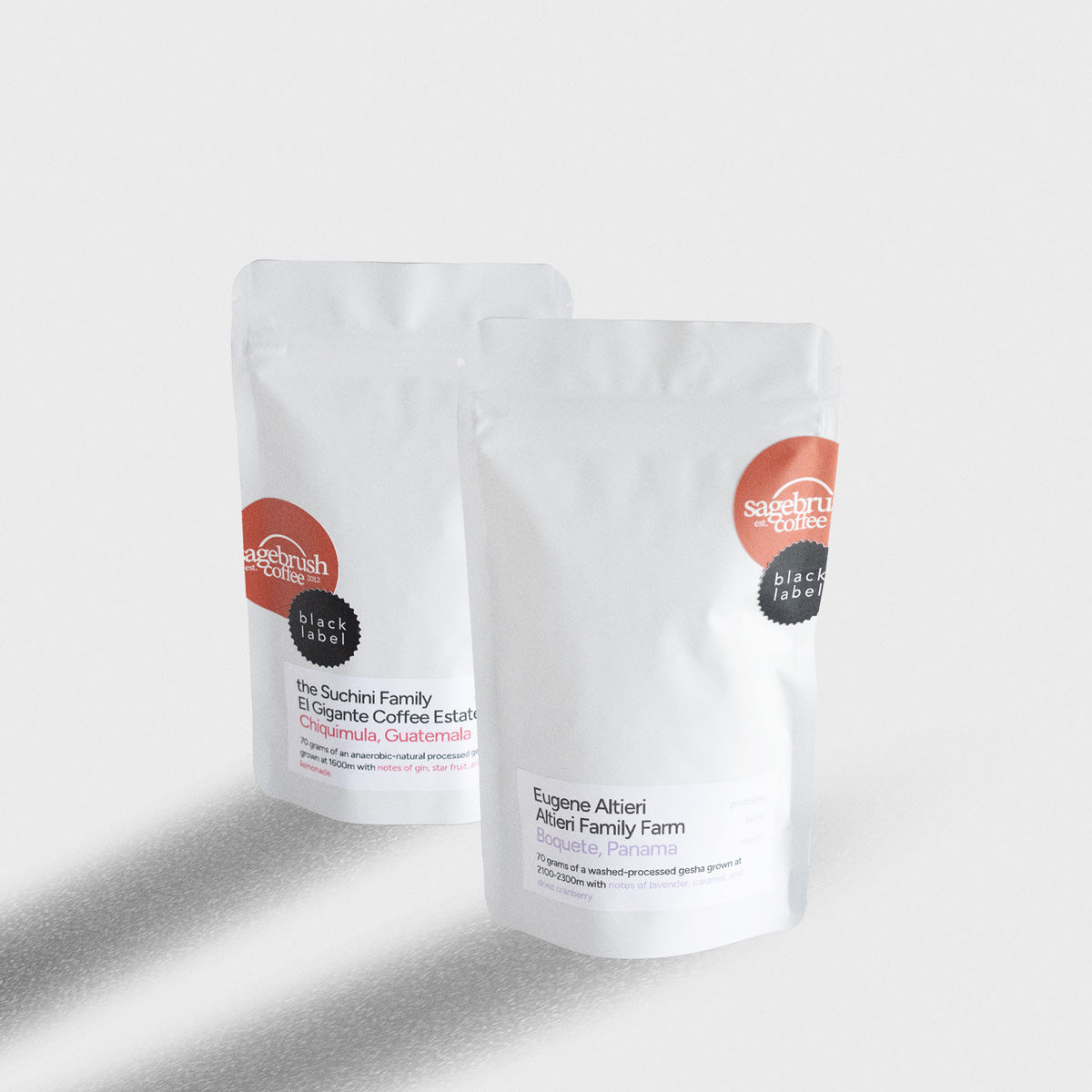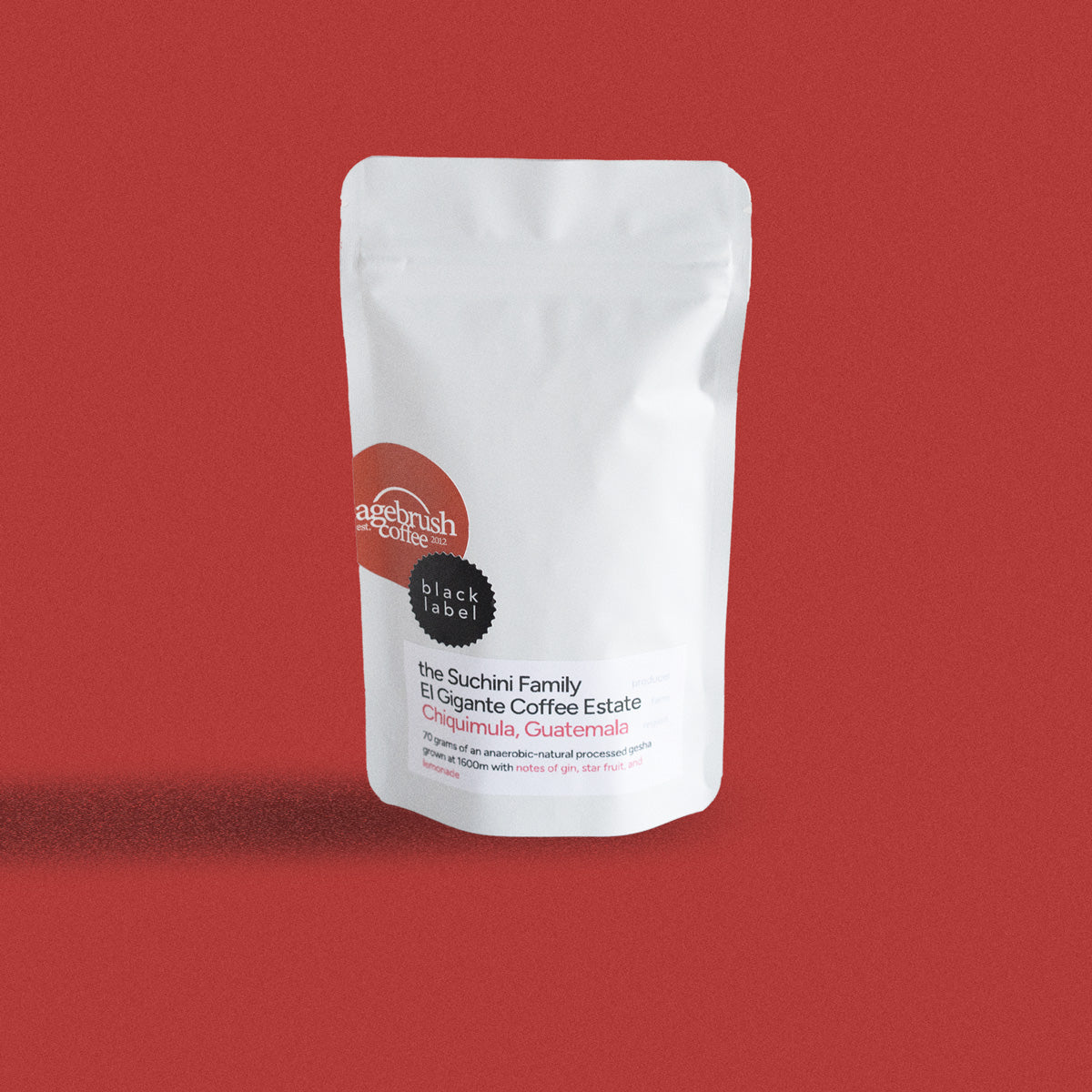As better and better coffees are gaining popularity, the way roast profiles are perceived and preferred is evolving. In fact, I think there is a ton of confusion around roast profiles. I’ve heard terms like arctic roast and am not even sure that that means (is that super light or cold?). I know a lot of people ask for blonde roast and I think that was a term invented by a roastery that burns everything they roast, so I never know how to answer that. For most of the coffees you find in the grocery store, the roast profile labeled on the bag will not always match the actual roast of the beans. For example, a light roast coffee you grab from the shelf will most likely look and taste darker than light roast beans from a specialty coffee roaster. There is so much confusion around roast level and I think most of it is there, because roast level should not be a way to measure the flavor or type of bean. When a customer is asking for a light roast coffee, it usually means they’re looking for a specific blend of flavors. Those may come from something that I roast to what I’d call medium or dark. So, I’m writing a series of posts to help remove the confusion and give you a chance to know what you’re buying when you buy from Sagebrush.
Keep reading or watch our YouTube video.
Coffee roast levels at a single-origin direct trade coffee roastery is a much more standard process that is focused on the actual roasting cycle instead of the color of the beans. Since our focus is on the higher end coffees, we do not feel the need to mask the low-quality flavors by roasting them super dark. Before you ever get to taste a cup of Sagebrush, we have roasted the coffee several different ways in an effort to experiment and discover what we believe is the best profile for that bean. Our goal is to put on display the hard work that is done to at the origin the best way we know how. That is why one of my pet peeves is people asking for a custom roast profile or someone asking if they can order a bean but with a different roast than we have listed. We work very hard to pick the optimal roast level for each bean and to offer a variety of flavor profiles for the varying palettes that our customers bring to the table. In the rest of this post, I'll talk about light roasts and what makes them stand out.
When you are roasting coffee, you have to rely on your senses, specifically sound, smell, and sight. During the roasting process, you will be listening for cracking or popping sounds. These senses act as timers and occur when the beans expand and release water vapor. Roasting coffee is very comparable to making popcorn, in fact, I started on a Whirlypop popcorn popper on my stove. For a successful light roast, you will want to stop some time during the “first crack.”
The aroma of a perfectly roasted light roast coffee is unmistakable. It is always so sweet and fragrant. You'll know a 'light' roast coffee because the beans are more dense than darker roasts and depending on process (I discuss this a little later on) will have a distinct white stripe in the split portion of the bean. They also will always vary a lot in appearance and will never have an oily sheen.
Light roast coffees always shine (in flavor profile, not physical appearance). They have the unique ability to reveal a new flavor element with every roast and cup. If you have been following Sagebrush for a while then you know my favorite coffees year after year are natural, light roasted Ethiopian beans. The fruit-forward vibrancy of a light roast coffee can be off-putting to some, but you cannot deny the one-of-a-kind drinking experience it provides.
Coffee beans are the seeds inside a coffee cherry fruit and are surrounded by the mucilage or pulp. The sugars of the pulp are absorbed into the coffee beans, and as a result, contain those fruity flavors. The trick with stopping a roast within the first crack is you want to allow the Maillard reaction to begin and let the coffee taste like coffee, but you don’t want it to go so far as to let the sugars turn completely to caramel flavor and overpower the fruity sweetness inherent to the bean itself. Put another way, the coffee doesn't take on other flavors of the roasting process, so a light roast coffee is able to bring out the natural sweetness and fruit tanginess that come from the cherry and soil itself. These coffees tend to have brighter notes, a crisp acidity, and a mellow body. What I love most about light roast coffees is that they have the ability to bring out the unique characteristics of each coffee's processing method more than any other roast style.
There are three primary ways a coffee bean is processed: Natural (Dry Processed), Washed (Wet Processed), and Honey. When a natural processed coffee is light roasted, it becomes incredibly bright and fruity because of the fermentation of sugars in the pulp. This combination of natural processing and light roasting produces my favorite kind of coffee and is a staple at Sagebrush. The removal of the cherry skin during the honey processed method enhances the fermentation, providing a more pronounced sweetness than natural and washed coffees. With washed coffees, a white stripe will appear in the center of the bean that you will not find in natural or honey processed coffees. Many times, this stripe is a better indicator of a light roast than the color itself. The flavors of washed coffee originate from the beans themselves since all of the fruity sugars and pulp have been removed.
There is a myth that light roasted coffee contains the most caffeine and the truth is that the caffeine content remains relatively the same during every stage of the roasting process. Caffeine content has more to do with the measurement of coffee rather than the roast itself. You can read more about that, in our blog post about caffeine.
So, at Sagebrush, we like to call light roast coffees ones that are roast into the first crack to draw out natural flavors inherent to the bean itself. We call that light, but you may look at it next to a medium and not be able to tell a significant difference, the difference will be more in color variation vs color itself. When shopping for a coffee at Sagebrush, my recommendation is to pay closer attention to the flavor profile than the color or 'roast level'. And if you like a light roast somewhere else, think about what it is about that coffee that you like and pick something similar. If you’re not sure, start at a medium roast with us, it is likely more similar to what the larger chains call a light roast.
Enjoy the bright flavors and floral aromas for yourself with our collection of Light Roasted Coffees.
Check out the next post in the series about Medium Roast Coffees.

















